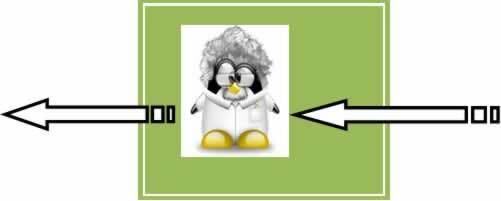Meaning:/ Meaning: * “In the form of the verb and in the syntactic construction through the quali il soggetto grammaticale indica il paziente, ossia chi che cosa subisce l'azione, while chi o ciò che la eserecita is indicative of the complement of the agent of the efficient cause.” / Verbal form and syntactic construction in which the grammatical subject indicates the patient, that is, who or what suffers the action, while who or what exercises it is indicated by the complement of agent or by the agent of the passive.
* Definition taken from the Dizionario Italiano Sabatini – Coletti edits dalla Casa Editrice Giunti.
Attention! / Heads up!
If it renders important sapere che tutti i verbi transitivi (diretti and indiretti) hanno la passive form. Vedi degli esempi di verbi transitivi direttti and indiretti./ It is important to know that all transitive verbs (direct and indirect) have the passive form. See some examples of direct and indirect transitive verbs.
Esempi:/ Examples:
- Vendare (transitive direct) / sell (direct transitional)
- buy (transitive direct) / buy (direct transitional)
- partcipare (transitive indirect) / participate (transitive indirect)
- chiudere (transitive direct) / close (direct transitional)
- chiedere (transitive direct) / ask (direct transitional)
How to form the structure of the passive form in the passage? / How to form the structure of the passive form in the past?
Do not stop now... There's more after the advertising ;)
| Soggetto + Verb Essere + Participle Passato + Preposizione da + Sostantivo |
Osserva alcune frasi: / Note a few sentences:
1) Il libro is Marco's stato venduto. / The book was sold by Marco.
2) Il cane is Anna's stato. / The dog was bought by Anna.
3) I negozi sono stati chiusi da una nuova legge./ The stores were closed by a new law.
4) Le informazioni sono state chieste da Anna./ The information was requested by Anna.
Register: / Note:
The verb essere in the passive form is più frequent in the phrase passive al passato che al present./ The verb ‘essere’ in the passive form is more frequent in passive sentences in the past tense than in the present tense.
Isabela Reis de Paula
Brazil School Collaborator
Graduated in Languages with Qualification in Portuguese and Italian
By the Federal University of Rio de Janeiro - UFRJ
Italian - Brazil School
Would you like to reference this text in a school or academic work? Look:
PAULA, Isabela Reis de. "La forma passiva: regola generale al passato"; Brazil School. Available in: https://brasilescola.uol.com.br/italiano/la-forma-passiva-regola-generale-al-passato.htm. Accessed on June 29, 2021.


